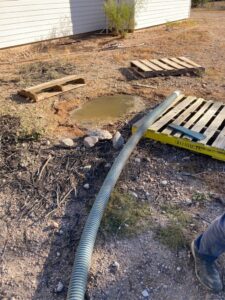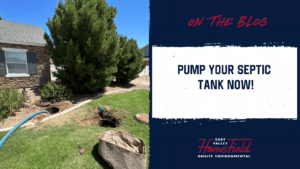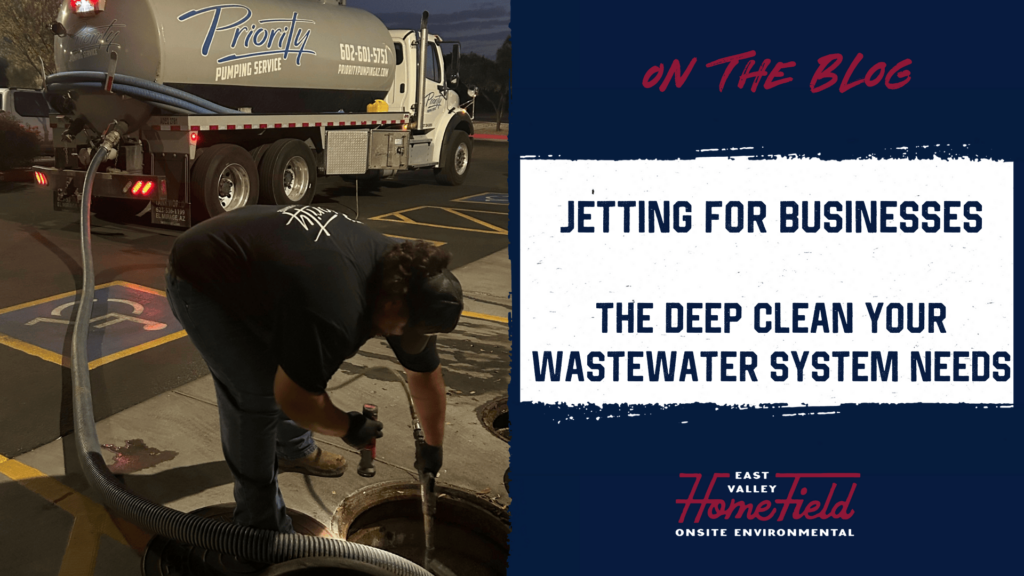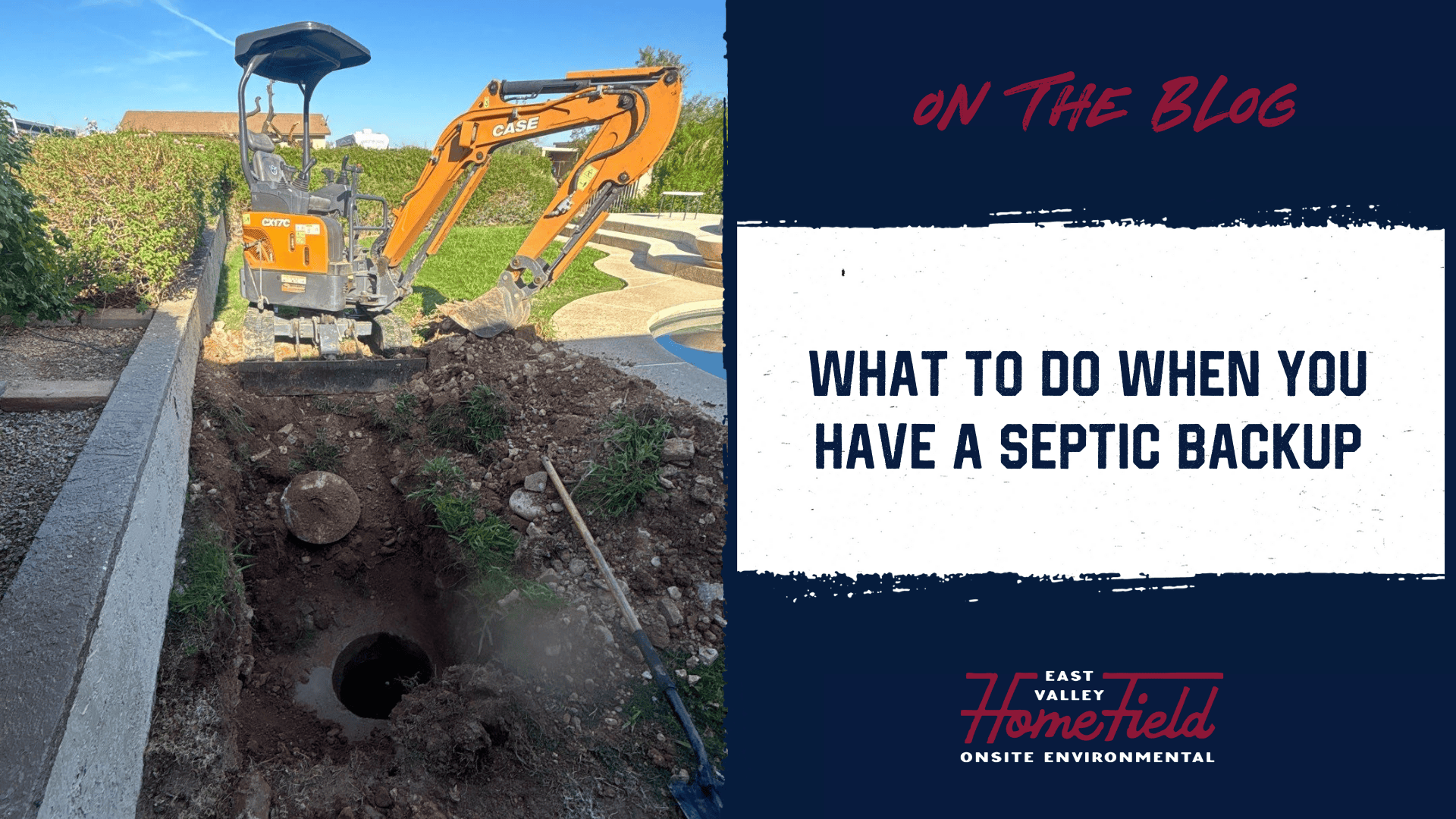
Septic Backups Happen
September 22, 2025
A septic backup is one of the worst plumbing disasters a homeowner can face. It’s messy, disruptive, and can lead to costly damage if not addressed quickly. The key to minimizing the chaos is knowing what to do as soon as you notice a problem. Acting fast can prevent further damage and get your system working again before things get out of hand.
Signs You May Have a Septic Backup
Septic backups rarely happen without warning. Your system will often give you clues that something is wrong before sewage starts coming up your drains. Look out for these signs:
- Slow drains – If sinks, tubs, or toilets are draining slower than usual, it could mean your septic system isn’t processing wastewater properly.
- Gurgling sounds – Bubbling or gurgling noises coming from drains or toilets may signal a clog or backup forming in the line.
- Unpleasant odors – A strong sewage smell inside your home or in the yard is a clear warning sign.
- Water pooling outside – If the ground around your septic tank or drainfield feels soft, wet, or unusually spongy, your system may be overflowing.
- Sewage backing up into drains – The most obvious and urgent sign is raw sewage coming up through sinks, tubs, or floor drains. This means your system is completely overwhelmed and needs immediate attention.
These symptoms shouldn’t be ignored. Acting quickly can stop a small issue from turning into a major repair.
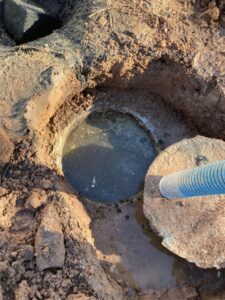
What to Do When a Septic Backup Happens
The first step is simple—stop using water. Flushing toilets, doing laundry, or running the dishwasher strains a system already overloaded. Holding off on water use can keep the backup from getting worse while you assess the situation.
Next, take a walk through your home and check all your drains. If it’s only one fixture acting up, it might be a localized clog. But if multiple drains are slow or backed up, the issue likely lies within your septic system.
Avoid using chemical drain cleaners. These products can damage your pipes and kill the beneficial bacteria in your septic tank that help break down waste. Instead, call a professional. A trained septic technician can diagnose the problem—whether it’s a full tank, a blockage, or a failing drainfield—and get to work quickly.
If sewage has entered your home, take care with cleanup. Keep people and pets out of the area, wear gloves, and disinfect any surfaces exposed to wastewater. In more serious cases, call professionals for cleaning to keep your home safe and sanitary.
How to Prevent Future Backups
Once your system is running again, the best thing you can do is put a few preventative practices in place. Avoiding a repeat backup is easier than you think with some simple routine maintenance:
- Pump your tank regularly – Most tanks need to be pumped every two to three years, depending on your household size and water use.
- Watch what goes down the drain – Stick to the 3 P’s: pee, poo, and (toilet) paper. Avoid flushing wipes, feminine products, paper towels, or anything else that doesn’t break down easily.
- Use water wisely – Spread out laundry, dishes, and long showers throughout the week. Too much water at once can overwhelm your system.
- Protect your drainfield – Don’t park, build, or plant over it. Heavy weight and deep roots can damage underground pipes and lead to failure.
- Respond to early signs – Slow drains, strange sounds, or odors are your early warning system. Don’t wait until you’re ankle-deep in water to call for help.
Septic backups are stressful, but you don’t have to handle them alone. When trouble hits, HomeField is here. Our experienced team will help get your system flowing again and give you the tools to keep things running right for the long haul.
Heidi
Heidi is the marketing and business development powerhouse at HomeField Onsite Environmental. She’s all about bringing the onsite wastewater world to life with knowledge, humor, and straight-up valuable insights—helping customers make the best decisions for their systems!
Sign Up For Our Newsletter
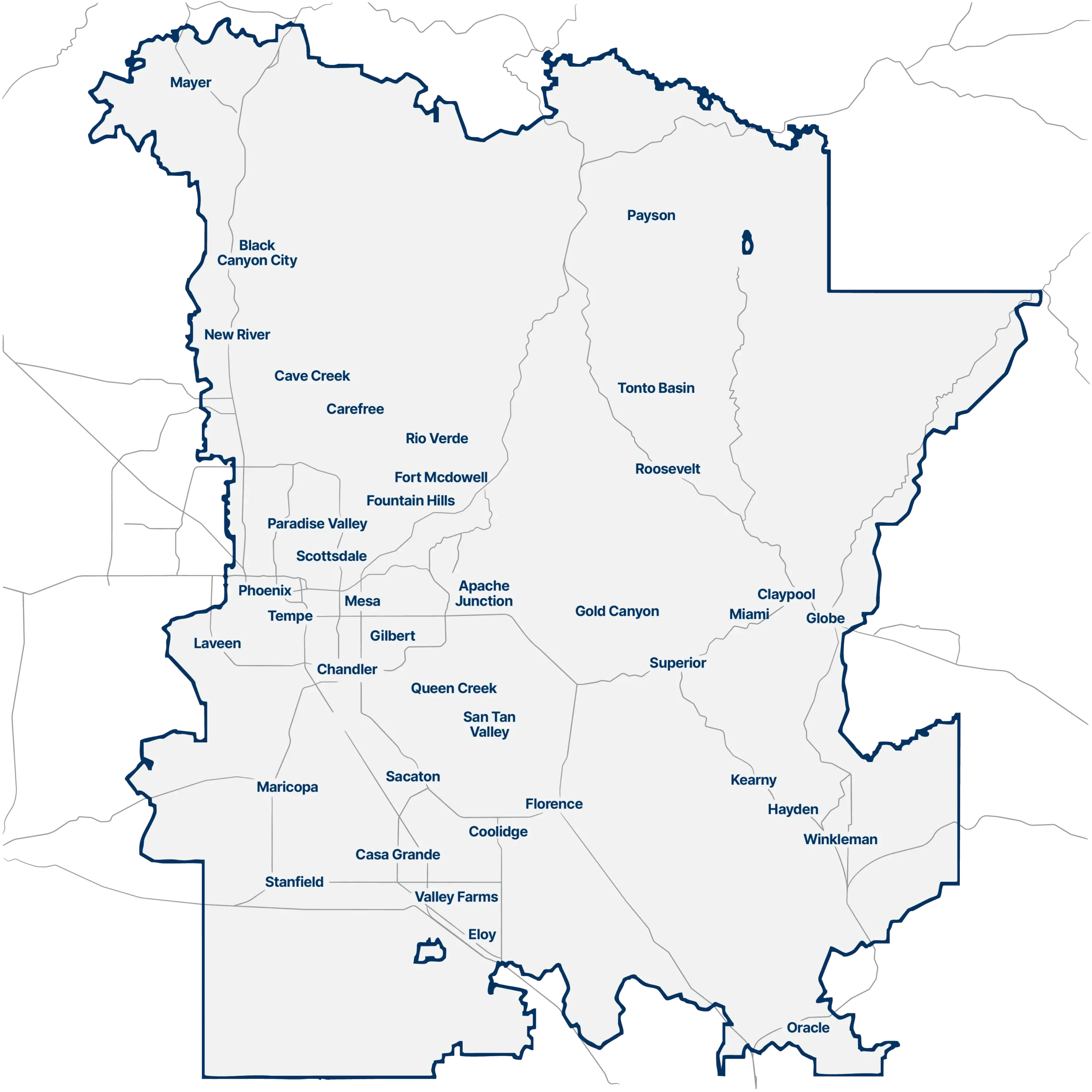
OUR SERVICE AREA
WE LOVE THE EAST VALLEY
We make the East Valley our home base, and proudly serve the cities and areas on this side of town, including:
